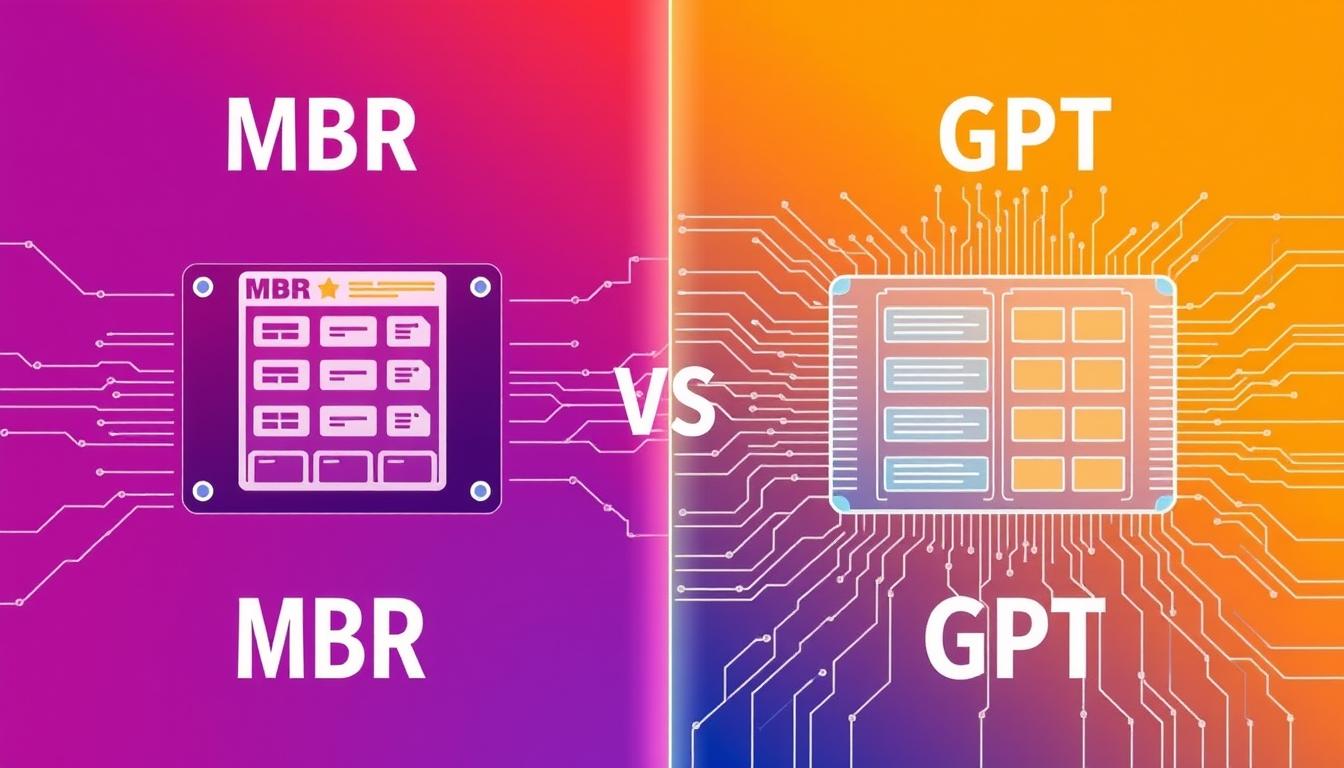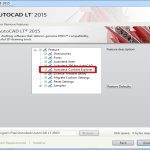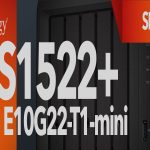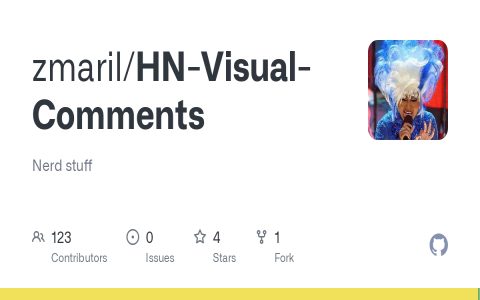Modern computing demands robust storage solutions, with GUID Partition Table (GPT) emerging as the superior alternative to Master Boot Record (MBR) due to its alignment with contemporary hardware and software requirements.
Key Technical Advantages of GPT
Unlike MBR's legacy constraints, GPT addresses critical limitations through these enhancements:
- Larger Disk Support: GPT allows drives up to 18 exabytes, overcoming MBR's restrictive 2-terabyte capacity limit, essential for today's high-capacity SSDs and NVMe storage.
- Expanded Partition Count: Where MBR permits only four primary partitions, GPT supports up to 128 partitions per disk, enabling flexible setups for multi-boot systems or complex data segmentation.
- Enhanced Data Integrity: GPT incorporates CRC checksums and duplicate partition table headers, reducing corruption risks from hardware failures or software errors compared to MBR's single-point vulnerability.
Integration with Modern System Architectures
GPT's design harmonizes seamlessly with advancements like UEFI firmware, which replaces outdated BIOS in contemporary hardware. UEFI mandates GPT for secure boot capabilities, ensuring system security and compatibility with features like fast startup and large memory configurations. This synergy provides automatic bootloaders without MBR's boot code dependence, facilitating faster, more reliable initializations on modern Windows, Linux, or macOS environments.

Ultimately, GPT's robustness, scalability, and UEFI alignment make it the indispensable standard for today's systems, driving adoption across desktops, servers, and cloud infrastructures.











